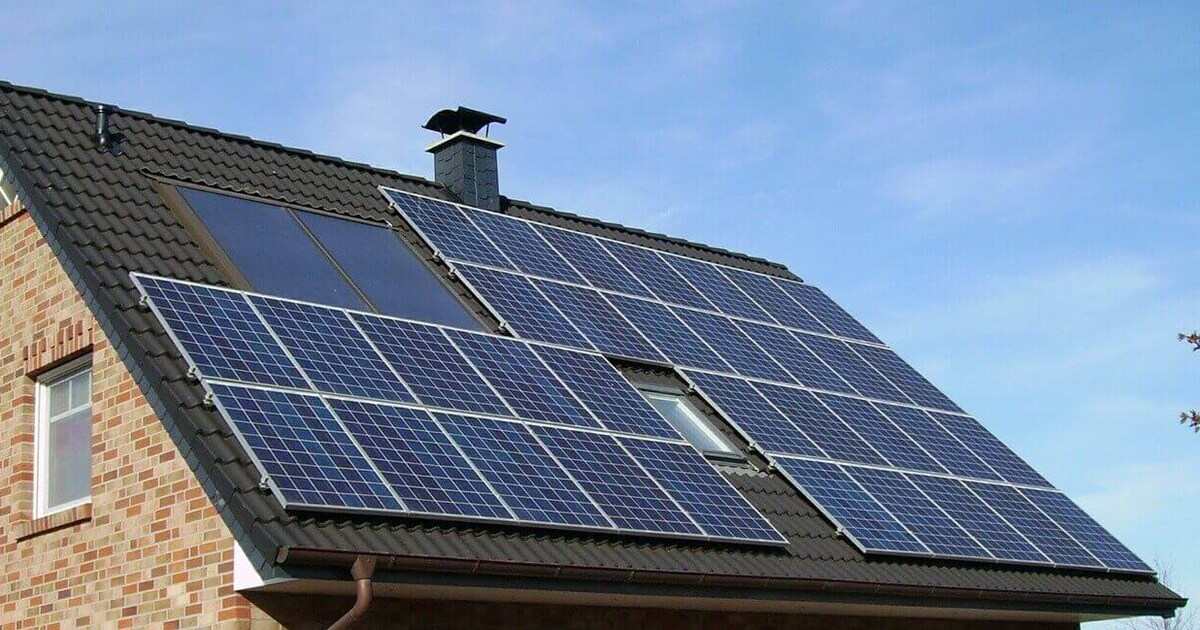Solar photovoltaic panels can cost less than half than that of fossil power plants. Trend on solar panels are increasing in the country.
Solar photovoltaic (PV) panels have come of age. Global installed capacity of solar PV stands at 728 gigawatts in 2021, which is expected to grow at a fast rate of 13.78% to reach 1,645GW. In monetary terms, the 2026 market is valued at more than $200 billion.
Both roof-mounted and utility-scale capacity is growing. Its cost of generation has come down to 2 US cents per kilowatt-hour (kWh) and even lower in some countries. In Pakistan, its cost is a bit higher at Rs4-6 per kWh, but still it is less than half that of fossil power plants.
Addition of solar capacity would bring down the average cost significantly. Current market of fossil fuels is rather destructively high. This has, however, created incentives and sensitivities in importing countries to go for renewable sources including solar.
The Indicative Generation Capacity Expansion Plan (IGCEP) has provided for a capacity of 7,932 megawatts for solar energy and 5,005MW for wind power by the year 2030. Solar has an advantage as it is available throughout Pakistan. Solar intensity in Pakistan is twice that in Europe. Wind power can be generated in a part of Sindh only.
Solar panels can be installed in a distributed fashion near almost every district. This would not require large transmission networks. Even if 50 districts are covered with 100MW solar capacities, it would amount to 5,000MW.
Then there is demand for off-grid rural electrification. There is also roof-top solar market of urban areas. If 10,000 rural settlements are electrified by solar energy, it would amount to several thousand megawatts of off-grid energy.
Some pilot cooperatives may be tried initially. This may have significant impact on agricultural productivity, education and healthcare sector outreach.
Solar panel market in Pakistan is of 1,000MW. In monetary terms, it has been estimated at Rs60 billion for panels and Rs10 billion per year for all ancillary equipment like inverters. This is mostly private purchase for roof-top solar.
Provincial interest and action can go a long way in expanding solar capacity, especially in education and health sectors, and rural electrification. This, however, has to be under a consultative arrangement so as not to cause excess capacity problems.






